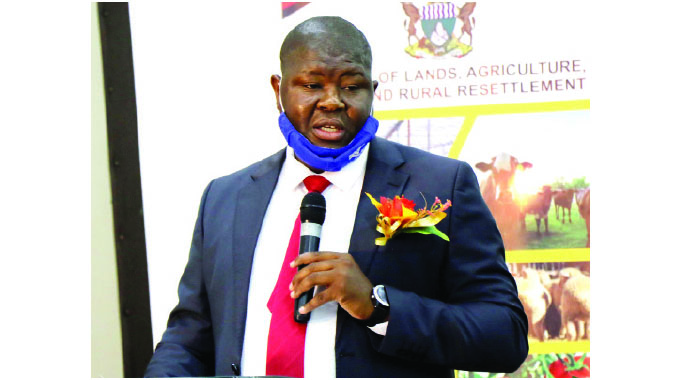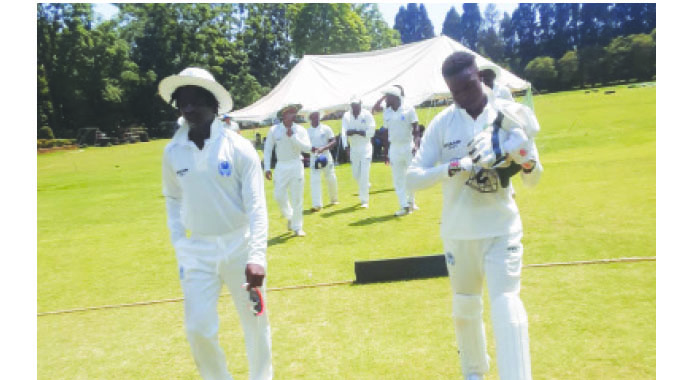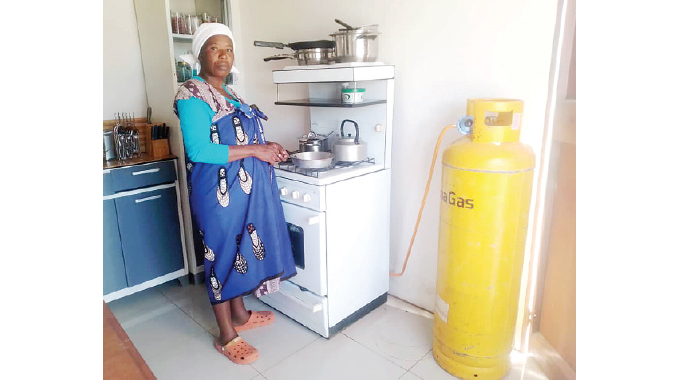Crop, livestock and fisheries assessment begins

Sikhumbuzo Moyo, Senior Reporter
GOVERNMENT has kicked off the annual crop, livestock and fisheries assessment exercise meant to provide early information on the progress in the sector in line with national agricultural and food security targets.

Livestock
The exercise is being conducted by the Ministry of Lands, Agriculture, Fisheries, Water, and Rural Development through local agricultural extension officers.
The ministry will collect data from randomly sampled farmers in every ward out of the 1 600 rural wards in the country.
The programme will run up to January 30 and farmers have been urged to cooperate with the enumerators during the data collection exercise.
The ministry’s Permanent Secretary, Dr John Basera, said the assessment exercise seeks to verify areas planted with different crops, growth stages, and conditions during the season, and verify the availability, accessibility, and utilisation of major crop and livestock inputs by farmers.
This also includes verifying the effects of adverse weather conditions on crop and livestock production, verifying grazing availability and quality, and water availability across the country.
The exercise will also assess the implementation progress of the Presidential Rural Development 8.0 programs and other agricultural programs, as well as fisheries and other nutrition-focused programs.
“This year, the ministry will also collaborate with different stakeholders such as farmers’ unions, commodity associations, State Owned Enterprises (SOEs), and other ministries, departments, and agencies pursuant with the whole of Government approach,” said Dr Basera.
“Data from the several stakeholders regarding their programme beneficiaries is critical in informing our agricultural progress, and gauge private sector participation.”
The Permanent Secretary said the information gathered will be used for early warning systems, policy programming, planning for food security for the country for the year 2023 and beyond, improvement of the national herd, measuring performance of the overall sector and its contribution to the overall economy while acting as a barometer and gauge for Government flagship programmes.
In line with modernising and digitisation thrust, modern technologies such as Geographic Information Systems (GIS), Open Data Kit (ODK), and remote sensing from Zimbabwe National Geospatial and Space Agency (ZINGSA) tapping from the recently launched ZIMSAT 1 will be used.
The Scientific and Industrial Research and Development Centre (SIRDC) and other partners, pursuant to the whole of Government approach, will also be used.

The Scientific and Industrial Research and Development Centre
“Data from production and productivity return forms from A1 and A2 farmers will also be analysed to inform Government programming. All A1 and A2 farmers are compelled to fill in these returns as they are mandatory. They are critical in providing data that inform decision-making in agricultural production in general,” said Dr Basera.
The methodology that will be used during the exercise will see the sampling of 30 households per sector per ward, training of supervisors by sector specialists, training of enumerators on data collection, data collection and verification, data analysis and report writing, presentation of the report to principals within the ministry, tabulation of the report to the working party of officials and tabulation of the report to the cabinet committee on food security and nutrition for subsequent approval by Cabinet.
“Each enumerator will be provided with an electronic gadget for use during data collection,” said Dr Basera.
Government is conducting the livestock and crop assessment exercise on the backdrop of a milestone achievement that saw the Agriculture and Food Systems Transformation Strategy beating the target of US$8,5 billion agricultural economy by 2025 in one and a half years.

The country has already broken a 56-year-old wheat harvest record after harvesting 375 000 tonnes of the cereal, which in fact was 5 000 tonnes less than the year’s target after part of the crop was affected by early rains, quelea birds, and veld vires.–@skhumoyo2000







Comments